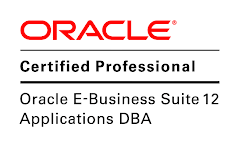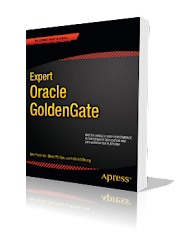Dear readers,
This year promises to be an exciting Oracle OpenWorld.
I will be presenting in the Delphix booth on using Delphix to perform upgrades with Oracle E-Business Suite. Hope to see you all there and we also will have a Clone Attack with demo software available to learn about Delphix. In addition, DBVisit will be presenting REPAttack to show demos how to replicate seamless Oracle environments with the DBVisit software.
I am headed to the Oracle ACE Director briefing so stay tuned and hope to see everyone there.
Wednesday, September 24, 2014
Wednesday, September 10, 2014
Oracle 12c RAC and Flex ASM Overview
In preparation for upcoming Oracle Open World 2014 and BGOUG 2014 (Bulgarian User Oracle Group) conferences, I will write a series of tips and tricks for new Oracle 12c RAC and ASM features. Today I would like to review the new Oracle 12c RAC Flexible ASM feature. For our discussion as a reference point you can source details in the useful My Oracle Support (http://support.oracle.com) note FAQ: Oracle Flex ASM 12c / 12.1 (Doc ID 1573137.1)
Which contains a wealth of detailed information for the setup and configuration of an Oracle 12c Flex ASM environment. So, what is Oracle 12c Flex ASM you might be asking? Well it is a new method for managing clustered storage within Oracle 12c RAC environments. In the past releases of Oracle RAC and ASM prior to 12c, one had to build individual ASM instances on each cluster node for an Oracle RAC configuration. If any single node failed, the surviving RAC nodes would take control in a quorum event managed by Oracle cluster ware. However, there were some performance and availability issues with that architecture. To remediate the weak points of the Oracle RAC and ASM environment, Oracle development re-architected the model for ASM. By allowing shared control of ASM within a cluster via a single ASM instance, flex ASM was born. Oracle provides a good architecture diagram below for the design.
Subscribe to:
Posts (Atom)










